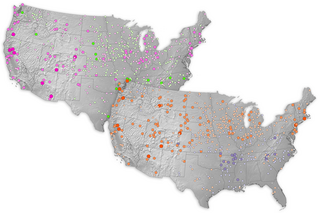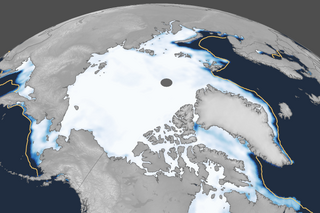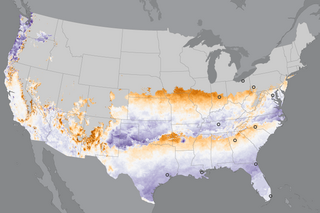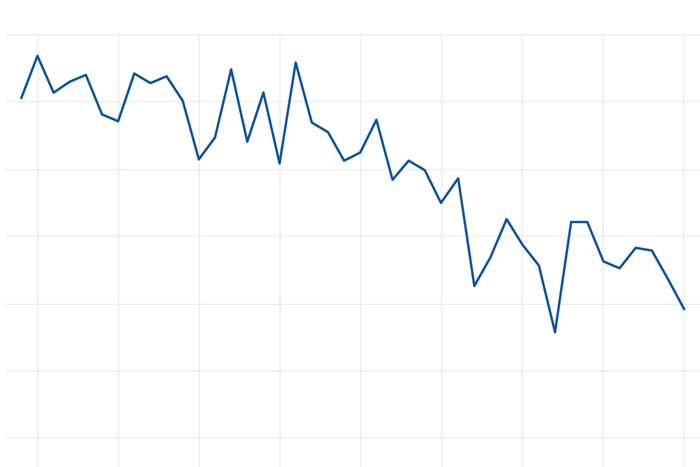
The amount of sea ice that survives the Arctic summer has declined by 13 percent per decade since the start of the 43-year satellite record.
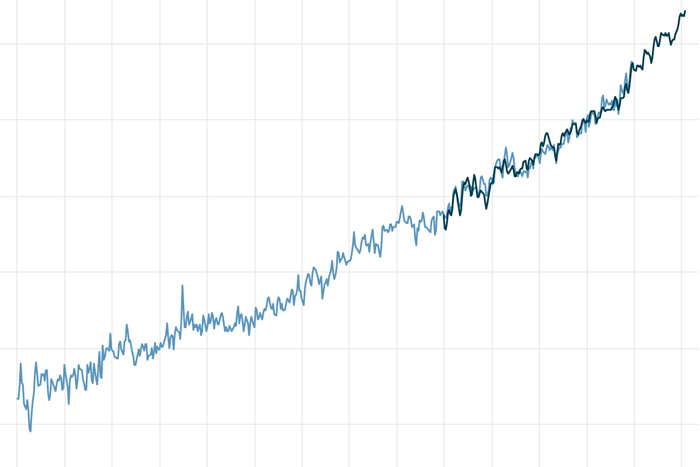
Global average sea level has risen 8-9 inches since 1880, and the rate is accelerating thanks to glacier and ice sheet melt.
The U.S. tornado season to date has been very active. Our guest blogger explains how the lingering influence of La Niña might have played a role.
Wildfire smoke can cause air pollution in locations thousands of miles downwind. Health experts need to know what's in the smoke people are breathing—especially smoke from fires that burn into urban areas and ignite synthetic materials.
It’s March Madness, ENSO style! Our blogger discusses why the North American precipitation pattern this past winter looked more like the response to a moderate-strength La Niña than to a weak event.
Weak La Niña conditions continued in January, but a transition to ENSO-neutral in the near future is likely.
Released in 2023, the Fifth National Climate Assessment (NCA5) includes an Art × Climate gallery. This work by Linda Gass highlights the historical shoreline of San Francisco Bay.
